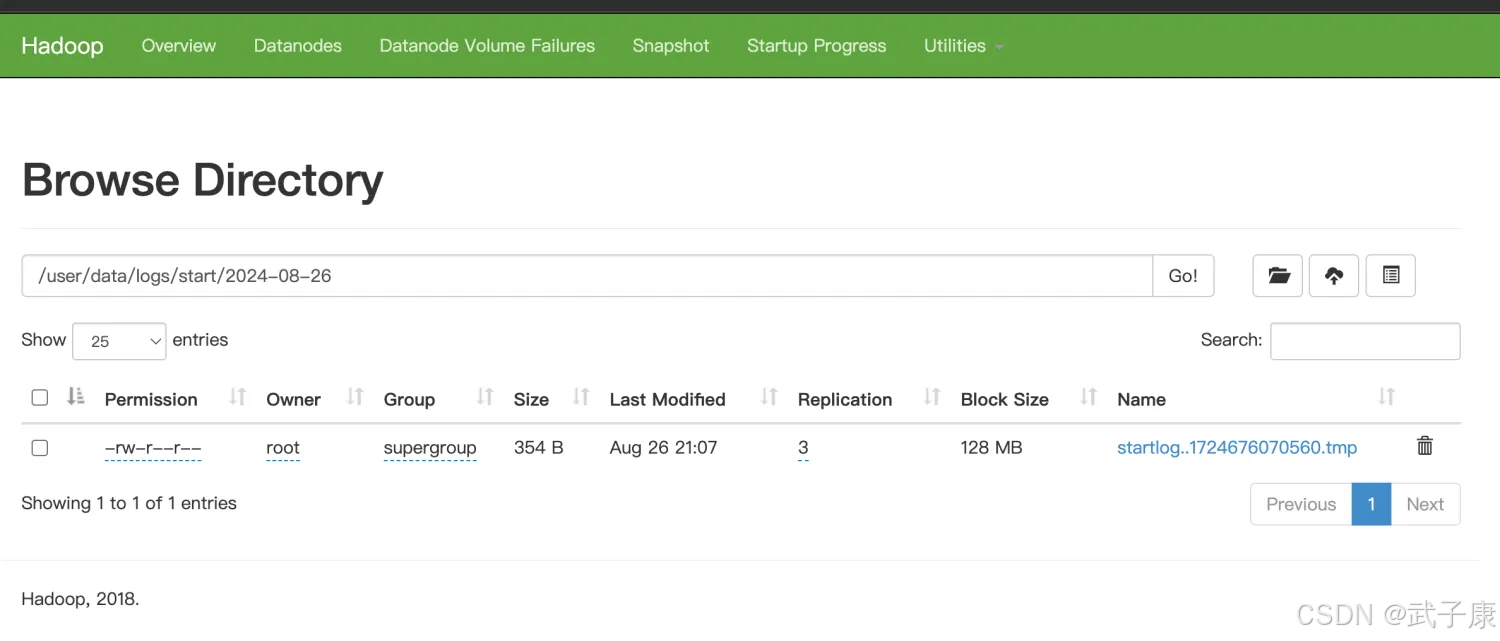一、执行用例的方式
1.工具执行

2.在终端使用命令行运行
命令:pytest -s 用例代码文件
-s 的作用是输出显示代码中的 print。

3.在主函数main中执行
if __name__ == "__main__": # 主函数pytest.main(['-s', '用例代码文件'])import pytestclass TestDemo:def test_01_demo(self):print('测试1')def test_02_demo(self):print('测试2')if __name__ == '__main__':pytest.main(['-s', 'test_demo.py'])运行结果

二、使用配置文件批量运行
-
配置文件的名字必须写作: pytest.ini
-
配置文件必须创建在代码的根目录中
-
配置文件中第一行必须是 [pytest],说明是 pytest 的配置文件
-
有了配置文件后,之后终端中运行,都会调用配置文件
-
注意:windows 下定义 pytest.ini 书写中文注释会报错
[pytest] # 第一行固定,必须是 这个
# 添加命令行参数 add options
addopts = -s
# 用例代码所在的路径(相对于 配置文件的相对路径)
testpaths = ./
# 用例代码文件的名字,可以使用 * 通配符, (*表示任意个任意字符)
python_files = test*.py
# 测试类的名字, 以什么开头
python_classes = Test*
# 测试方法名
python_functions = test*



















